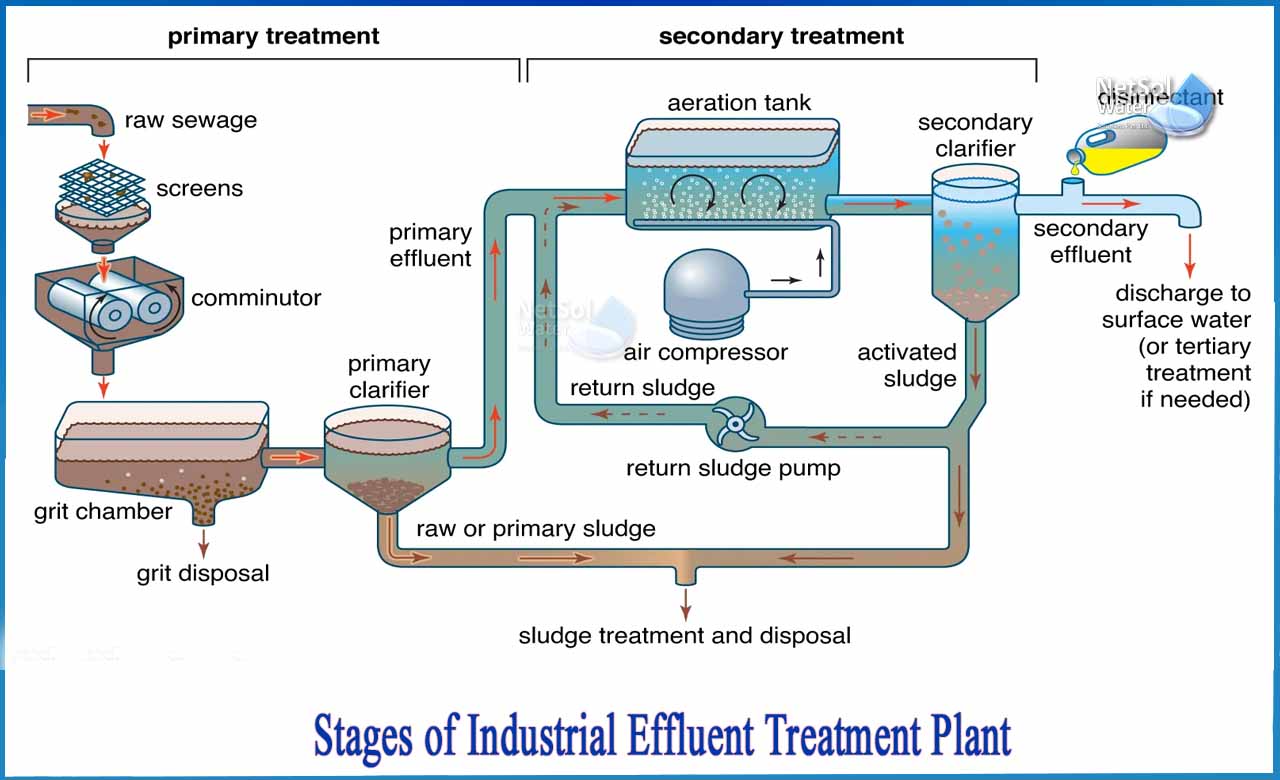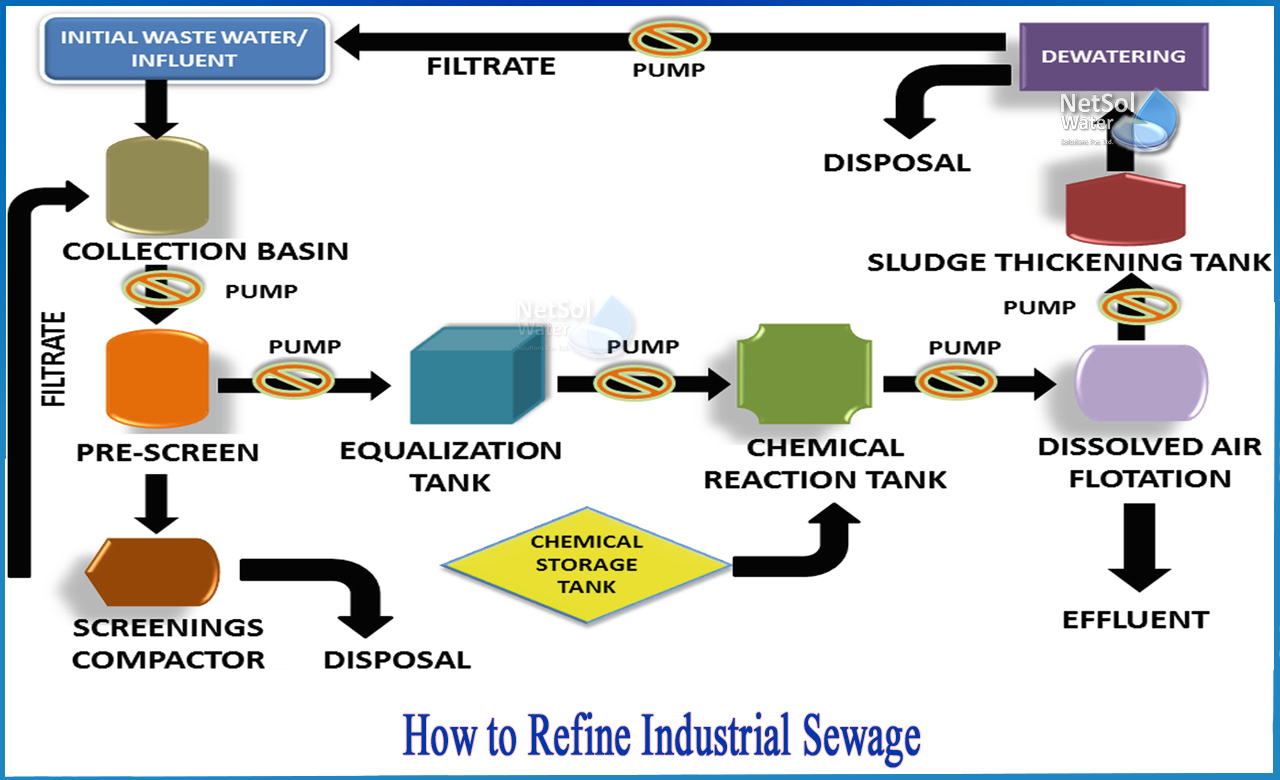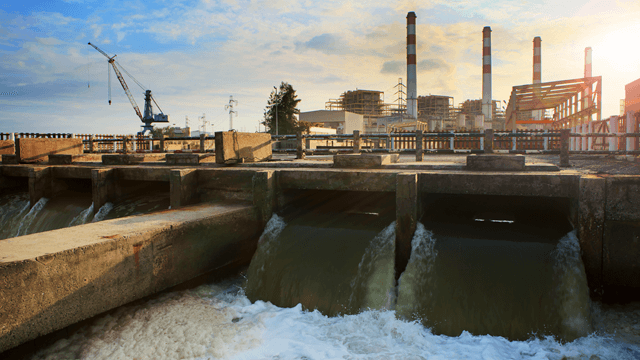Advancements and Advances in Industrial Waste Water Treatment Technologies
The landscape of industrial wastewater therapy is undertaking a transformative change, driven by innovations that enhance both effectiveness and sustainability. As regulatory criteria advance, the assimilation of AI and machine knowing right into wastewater administration systems promises to ensure and improve operations compliance.
Summary of Waste Water Therapy Technologies
Wastewater therapy modern technologies incorporate a series of approaches created to get rid of pollutants from industrial effluents prior to their launch right into the setting. These innovations are vital for maintaining eco-friendly balance and making sure conformity with ecological policies. The primary groups of wastewater treatment include physical, chemical, and biological techniques, each offering distinctive purposes based on the nature of the pollutants present.

Biological therapy approaches utilize bacteria to deteriorate raw material, making them especially effective for organic-rich effluents. Techniques like turned on sludge and biofilm reactors harness the natural destruction capacities of germs, leading to considerable decreases in biochemical oxygen need (BODY)
Advanced Purification Techniques
Advanced purification methods represent an important advancement in the world of commercial wastewater treatment, enhancing the efficiency of impurity removal processes. Industrial Waste Water Treatment. These approaches include a variety of innovations, consisting of microfiltration, ultrafiltration, nanofiltration, and turn around osmosis, which supply consecutive obstacles for numerous fragment dimensions and chemical frameworks
Microfiltration and ultrafiltration make use of membrane layer systems to eliminate put on hold solids, germs, and larger natural molecules, enhancing the quality of effluent prior to further treatment. Nanofiltration connects the gap in between ultrafiltration and turn around osmosis, effectively getting rid of divalent ions and organic substances, therefore reducing the load on downstream processes.
Reverse osmosis uses the highest degree of purification by permitting only water and small particles to go through its semi-permeable membranes, making it perfect for recovering high-grade water from commercial effluents. Current advancements in membrane modern technology, including the advancement of more sturdy and fouling-resistant products, have actually substantially boosted functional efficiency and reduced prices.
Integrating these innovative filtering techniques not just improves the general therapy procedure yet additionally contributes to sustainability efforts by allowing water reuse and resource recuperation in commercial settings. (Industrial Waste Water Treatment)
Organic Treatment Innovations

In addition, the growth of engineered biological systems, such as membrane layer bioreactors (MBRs), integrates biological therapy with sophisticated membrane filtration. This assimilation enables higher effluent top quality and minimized footprint, making it ideal for space-constrained industrial facilities. Technologies in genetically engineered microbes have additionally emerged, boosting the biodegradation of specific impurities, such as pharmaceuticals and hefty steels, that are typically testing to remove.
Furthermore, the execution of bioaugmentation techniques, where beneficial microorganisms are presented to enhance the existing biological therapy processes, has revealed promising results in boosting treatment performance. These advancements jointly signify a trend towards even more sustainable and efficient biological therapy methodologies that can adjust to the evolving intricacies of industrial wastewater streams. As industries remain to focus on environmental compliance, these biological technologies will certainly play an Clicking Here essential function in wastewater management.

Resource Healing Techniques
In commercial settings, the combination of source recovery approaches has ended up being increasingly important for boosting sustainability and reducing waste. These approaches concentrate on removing important materials and power from wastewater streams, thereby changing prospective contaminants right into recyclable resources.
One noticeable method is vitamins and mineral recuperation, where nitrogen and phosphorus, typically present over in wastewater, are captured and exchanged plant foods. This not just lowers ecological impacts but also supplies a circular economic climate option for farming applications. Additionally, innovations such as anaerobic food digestion enable the conversion of organic waste into biogas, a renewable resource resource that can offset nonrenewable fuel source use in commercial procedures.
In addition, advanced filtration and membrane layer innovations promote the healing of industrial by-products such as metals and salts. These recuperated products can be reintegrated into production procedures, lowering the requirement for virgin resources.
Future Patterns in Waste Water Management
As sectors significantly prioritize sustainability, the future of wastewater management is set to undergo substantial improvements. Technical developments, such as expert system and maker discovering, will allow much more efficient monitoring and management of wastewater systems. These modern technologies can predict upkeep requirements, maximize therapy procedures, and boost decision-making, inevitably lowering functional expenses and ecological effect.
Moreover, the combination of round economic situation concepts will certainly play an important function in wastewater monitoring. Industries Related Site are expected to shift towards systems that not only treat wastewater yet also recover beneficial sources, such as nutrients, water, and energy. This transition will lessen waste and advertise the reuse of products, lining up with global sustainability goals.
Arising treatment techniques, such as membrane bioreactors and progressed oxidation procedures, will certainly further improve the effectiveness of wastewater treatment, enabling higher top quality effluents ideal for reuse. In addition, regulative structures are most likely to progress, stressing more stringent standards for wastewater discharge and encouraging sectors to adopt innovative therapy services.
Conclusion
To conclude, the development of commercial wastewater treatment modern technologies demonstrates a significant change towards boosted effectiveness and sustainability. Developments in sophisticated purification methods, biological therapies, and resource recovery techniques highlight the market's commitment to ecological stewardship. The combination of man-made knowledge and equipment knowing better maximizes these processes, making certain regulative conformity and promoting a round economic situation. Continued improvements in these locations will play a crucial duty fit the future of wastewater monitoring and shielding essential water resources.
The landscape of industrial wastewater treatment is undertaking a transformative shift, driven by technologies that enhance both visit homepage effectiveness and sustainability.Wastewater therapy modern technologies include an array of methods made to eliminate pollutants from commercial effluents before their launch right into the atmosphere.Utilizing the power of organic processes has led to significant innovations in the therapy of commercial wastewater.Additionally, the implementation of bioaugmentation methods, where valuable microorganisms are presented to boost the existing biological treatment procedures, has actually shown encouraging outcomes in improving therapy performance. These technologies jointly represent a trend towards even more lasting and efficient biological treatment methods that can adjust to the progressing complexities of industrial wastewater streams.